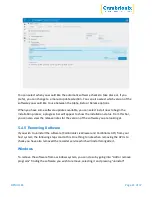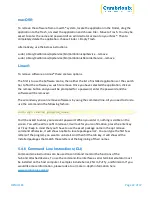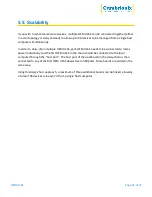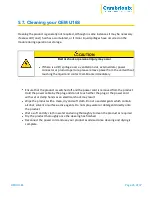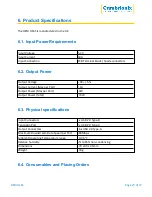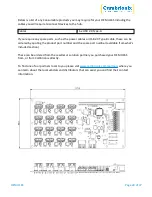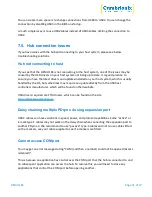
OEM U16S
Page 31 of 37
You can create more space is to change connections from USB3 to USB2. You can change the
connection by disabling USB3 in the BIOS on startup.
A much simpler way is to use USB2 cables instead of USB3 cables, limiting the connection to
USB2.
7.5. Hub connection issues
If you have issues with the hub and connecting to your host system, please see below
troubleshooting solutions.
Hub not connecting to host
If you see that the OEM U16S is not connecting to the host system, one of the issues may be
caused by the USB drivers on your host system not being up to date. It is good practice to
ensure you have the latest drivers and updates installed on your host system, which is usually
handled by the OS, but sometimes may require an update directly from the USB host
controllers manufacturer, which will be found on their website.
USB drivers required are FTDI drivers, which can be found on the site
https://ftdichip.com/drivers/
.
Daisy chaining multiple PDsync-4 using expansion port
USB C cables can have variations in speed, power, and protocol capabilities. Some “active” or
E-mark type-C cables may not work on the daisy chain when connecting the expansion port to
another PDysnc-4. We recommend to use “passive” type-C cables and not to use cables fitted
with e-markers, see your cable supplier to see if e-markers are fitted.
Cannot access COM port
You may get an error message stating "COM (and then a number) could not be opened (Access
is denied)".
This is because an application has control over the COM port that the hub is connected to, and
no subsequent application can access the hub. To resolve this, you will need to close any
applications that control the COM port before opening another.





